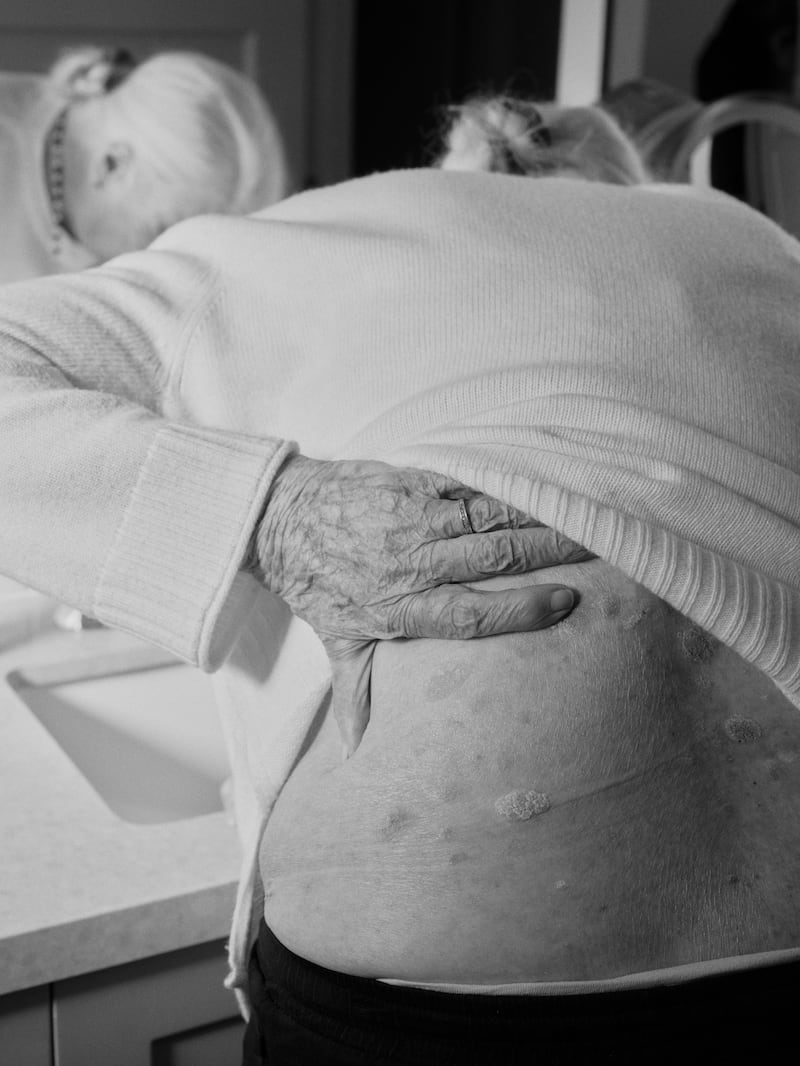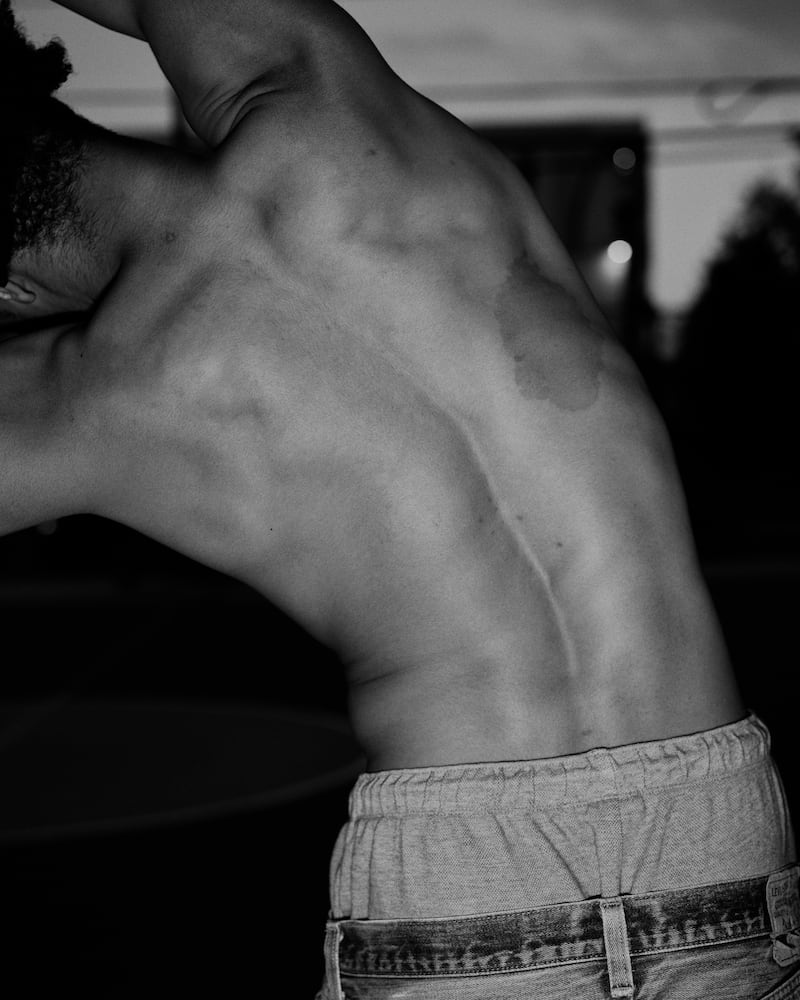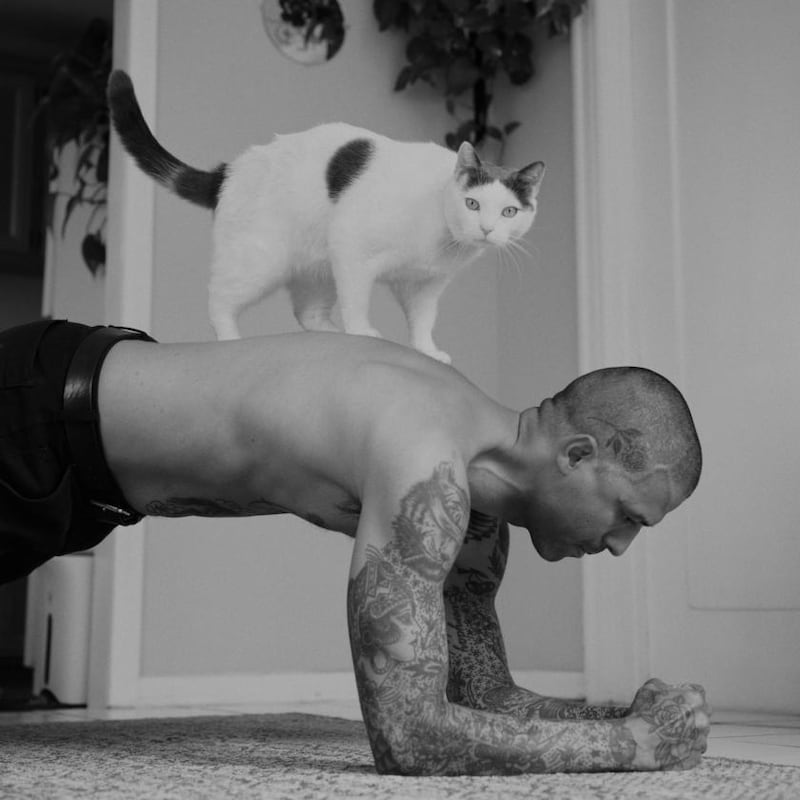The past few years have not been kind to my lower back. Between the physical tolls of pregnancy, parenting and working from home, I have a constant stiff, achy feeling in my lower spine.
Could exercise prevent some of this pain? The short answer is maybe. A consistent mixture of cardio and dedicated core work can help. However, exercise alone is not a guarantee of pain relief, as there are a number of mistakes that many of us, even experienced athletes, may make.
"The lower back is the centre point of our whole body," said Dr Krishna Shah, an interventional pain specialist at the Baylor College of Medicine in Texas. The spine has to be mobile, able to bend and twist in multiple directions, while also bearing the weight of our body.
Surrounding the spine are the core muscles. Although we tend to think of our core as the abdominals, it also includes the deep back muscles, as well as the hip muscles, quadriceps and hamstrings, which support our spine and pelvis.
Core muscles work similarly to a back brace, keeping the midsection stable and upright. That’s why wearing a brace provides short-term pain relief for patients with lower back pain, but relying on one too much can weaken their core muscles. Instead, the goal should be to strengthen those muscles enough to do the brace’s job.

"If you can develop your own internal brace, that is more effective," said Dr Sean Barber, a neurosurgeon and spine specialist at Houston Methodist Hospital.
Acute back pain is often the result of pulling or straining a muscle while trying a movement that requires a muscle that has become weak or stiff. If this muscle can’t provide the needed force, then the pressure shifts to the spine in a way that leads to pain.
Developing core strength, flexibility and muscular control can help you avoid these pulled or strained muscles.
Strengthen the spine
The simplest way to strengthen your spine is to move regularly throughout the day, in whatever capacity works for you. This might mean increasing your daily steps, taking short walks during the workday or prioritising a slightly longer walk in the morning or evening.
People who are physically active tend to have lower rates of back pain, and a recent meta-analysis of 25 studies found that the most effective way to prevent lower back pain from recurring was regular exercise, preferably combined with some form of physical education.
"Exercise doesn't cure everybody, but on average, it's an effective intervention," said Mark Hancock, a professor of physiotherapy at Macquarie University and one of the authors of the study. There is no single type of exercise that has been shown to be effective, he said. "If you are doing a variety of exercises, then you are likely getting all the things you need," he said, adding, "It's just like your diet."

Physical activity also strengthens the bones and cartilage of the spine, protecting against age-related degeneration, and increases blood flow to cartilage discs in the spine that don’t receive a lot of blood supply, Dr Shah said.
If you have time, try some fast walking or jogging. A number of studies suggest that runners have thicker, healthier cartilage discs in their spine than people who aren't active.
Neglected muscles
Working the core is crucial to avoiding future back pain, but that doesn't mean shredding your abs to look like Chris Hemsworth. Popular core-strengthening exercises, such as crunches or situps, primarily work the larger, exterior muscles, while neglecting the deeper muscles.
For instance, the transverse abdominis is a delicate sheetlike deep muscle that wraps the midsection like a corset. There is also the multifidus, a muscle that lines the spine, with a number of extensions that wrap each individual vertebra, similar to the way a bicycle chain wraps the sprocket.
“It doesn’t take that much effort to activate these deep muscles, but they are neglected because you can’t see them” when you are at the beach, said Femi Betiku, a physical therapist at the New Jersey Center of Physical Therapy who specializes in treating lower back pain. People with six-packs can still have lower back pain, he added, if they are working only the stronger, outer muscles.
The deeper muscles get engaged during movements requiring more control than raw power. One way to activate your deep core muscles is by doing planks, whether it’s a regular plank, a side plank or some of the many other variations.
If holding a regular plank is uncomfortable, start with your knees on the ground, then progress to balancing on your toes.

Dr Shah also suggested squats, push-ups and bridges. To build and maintain core strength, he recommends two to three sessions of dedicated core work a week. “This is a lifestyle change,” he said.
There are also sports and physical activities that require light contraction of the core, such as kayaking, cycling, dancing, barre classes, boxing, rock climbing and swimming. Any activity that requires a certain level of control over the midsection will help activate and engage those deeper muscles.
Controlling the spine
In addition to strengthening exercises, emerging research suggests it’s important to develop muscular coordination and spine control. This is just as true for athletes, who focus on performance and sometimes neglect exercises aimed at controlling the spine and pelvis.
In a 2018 study, researchers compared elite athletes to a population of moderately active people. Half of each group had lower back pain.
To the researchers’ surprise, both elite athletes and regular people with lower back pain had a similar stiffness in and lack of control over their spine, which is indicative of a similar pattern of weakness in their back muscles.
“The key factor is how able you are to control your muscles,” said Mariá Moreno Catalá, a researcher at the Humboldt University of Berlin and the lead author of the study.
To combat this, Dr Betiku recommends Pilates because, in addition to strengthening the deeper core muscles, the exercises promote muscular control. For a number of the exercises, the spine either remains stable or moves very slowly, which develops muscle control along the spine when it is in different positions.
Incorporating Pilates into your fitness routine can be as simple as doing short workout videos, many of which require little to no equipment, two to three times a week.
Instability in workouts
The slow, controlled movements in exercises like Pilates teach your muscles to move the spine efficiently. The next step is to start exercising in a more variable environment, which develops even more coordination and control.
In another study, Dr Moreno Catalá and her collaborators found that adding instability to exercises – like balancing on an uneven surface or even working out in a noisy environment – was effective at relieving lower back pain.

Dr Moreno Catalá said it is less about the amount of muscular strength and more about the ability to finely control the activation and deactivation of all the muscles that stabilise the spine.
“We think the size of the muscle is the most important quality, but it’s also the quality of activation that is important,” she said.
Choosing sports that include an element of reactivity, whether it’s hiking on a rocky surface or reacting to a sudden tennis volley, can result in a similar level of muscular development and control. Body weight exercises, such as push-ups, pull-ups, burpees and squats, also help, since they require full-body coordination, rather than the isolated movement of lifting weights.
Like many, I am guilty of working the outer core muscles while neglecting the deeper ones. But for the past few weeks, I've started doing some short Pilates videos, 10 to 20 minutes each, focusing on slow, controlled movements. Two weeks in, the stiff feeling in my back started to fade, disappearing for hours at a time. As it turned out, all my lower back really needed was to develop a little more coordination and control. – This article originally appeared in the New York Times









